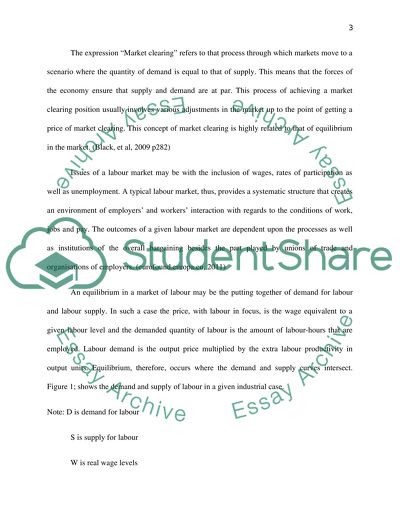Cite this document
(“Macroeconomic Stabilisation Theory and Policy Essay”, n.d.)
Retrieved from https://studentshare.org/environmental-studies/1416237-macroeconomic-stabilisation-theory-and-policy
Retrieved from https://studentshare.org/environmental-studies/1416237-macroeconomic-stabilisation-theory-and-policy
(Macroeconomic Stabilisation Theory and Policy Essay)
https://studentshare.org/environmental-studies/1416237-macroeconomic-stabilisation-theory-and-policy.
https://studentshare.org/environmental-studies/1416237-macroeconomic-stabilisation-theory-and-policy.
“Macroeconomic Stabilisation Theory and Policy Essay”, n.d. https://studentshare.org/environmental-studies/1416237-macroeconomic-stabilisation-theory-and-policy.


